Monday, August 23 at 7:10pm
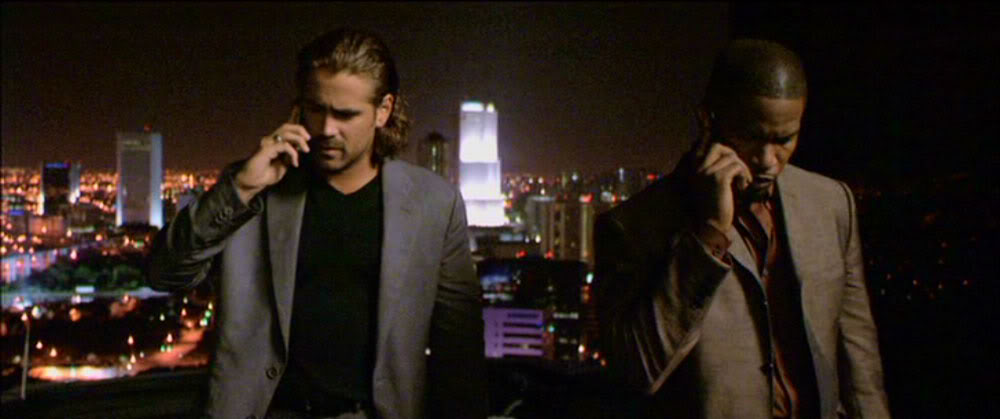
MIAMI VICE
Michael Mann (U.S. 2006) 134 min. DCP. With Jamie Foxx, Colin Farrell, Gong Li.
Michael Mann is an auteur touted by BAM and others as “a master of the modern urban noir, with a unique brand of pulp poetry that is pure cinephiliac pleasure.” He’s also the director chosen in the past several years to begin the Monday night film series presented for Professor Ken Eisenstein’s “Introduction to Film Studies” course. This year the Mann selection is Miami Vice, a 21st century updating of the director’s hit 1980s television series. Jamie Foxx and Colin Farrell, as Tubbs and Crockett, go undercover to infiltrate a drug cartel, jetting between Haiti, Cuba and Paraguay, their exploits stylishly imagined in “day-glo, digital nightscapes… one of the purest distillations of Mann’s visionary aesthetic” (BAMcinématek).
Monday, August 30 at 7:10pm
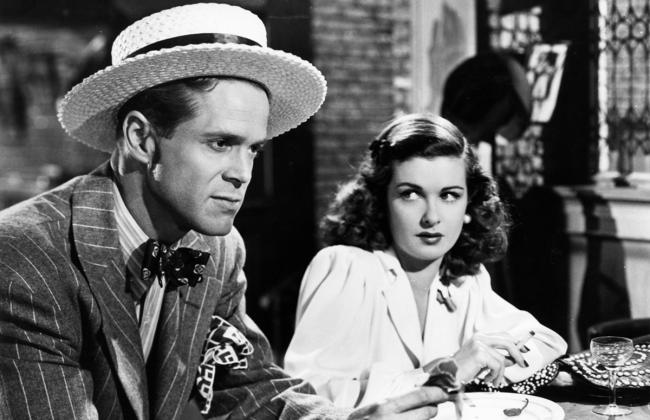
SCARLET STREET
Working with unusual creative control under the auspices of the independent production company, Diana Pictures, Lang reconvened the cast of The Woman in the Window (1944) for this remarkably harsh adaptation of Jean Renoir’s La Chienne. Stripped of his earlier character’s semblance of dignity, Edward G. Robinson’s browbeaten cashier and amateur painter is readily deceived by Joan Bennett’s femme fatale and Dan Duryea’s reptilian pimp. A masterpiece of formal construction in which “nothing takes place only once” (Tom Conley), Scarlet Street’s incisive mise-en-scene inscribes the pathological drama inside a maze of misleading appearances. The film’s barely concealed elements of masochism and voyeurism outraged the censors, and yet not even the Legion of Decency could have devised a more punitive denouement (Harvard Film Archive notes).
Monday, September 6 at 7:10pm
THE END
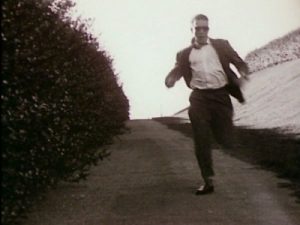 Christopher Maclaine (U.S. 1953) 35 min.
Christopher Maclaine (U.S. 1953) 35 min.
“Dating from 1953, this may in fact be the first genuine beat film, profoundly inventive and advanced for its time. Maclaine outlook is bleak and his techniques are crude, creating a film which is deliciously inept, but glorious. One of cinema starkest evocations of the Cold War period and its effect on creative thought, situated in the beat milieu of 1950s San Francisco but speaking in direct terms to generations of lost souls.” – Mark Webber
FOLLOWED BY
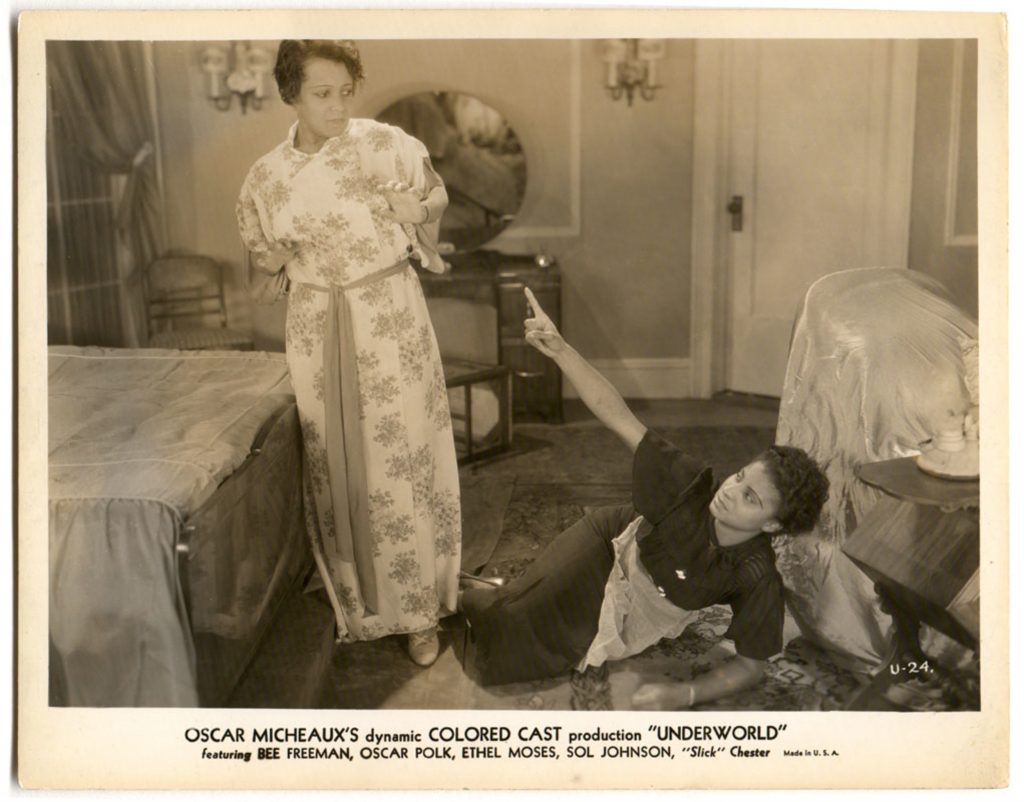
UNDERWORLD
Oscar Micheaux (U.S. 1937) 70 min. With Bee Freeman, Sol Johnson, ‘Slick’ Chester, Ethel Moses.
A rarely seen feature by renowned filmmaker Oscar Micheaux is one example of “alternate versions,” a common theme and plot structure in the pioneering African-American director’s films. A young African-American man is persuaded by a gambler to move to Chicago after graduating from a Southern university. Once there, he gets involved in the criminal underworld of Chicago, falls for a dame, and is framed for murder.
Monday, September 13 at 7:10pm
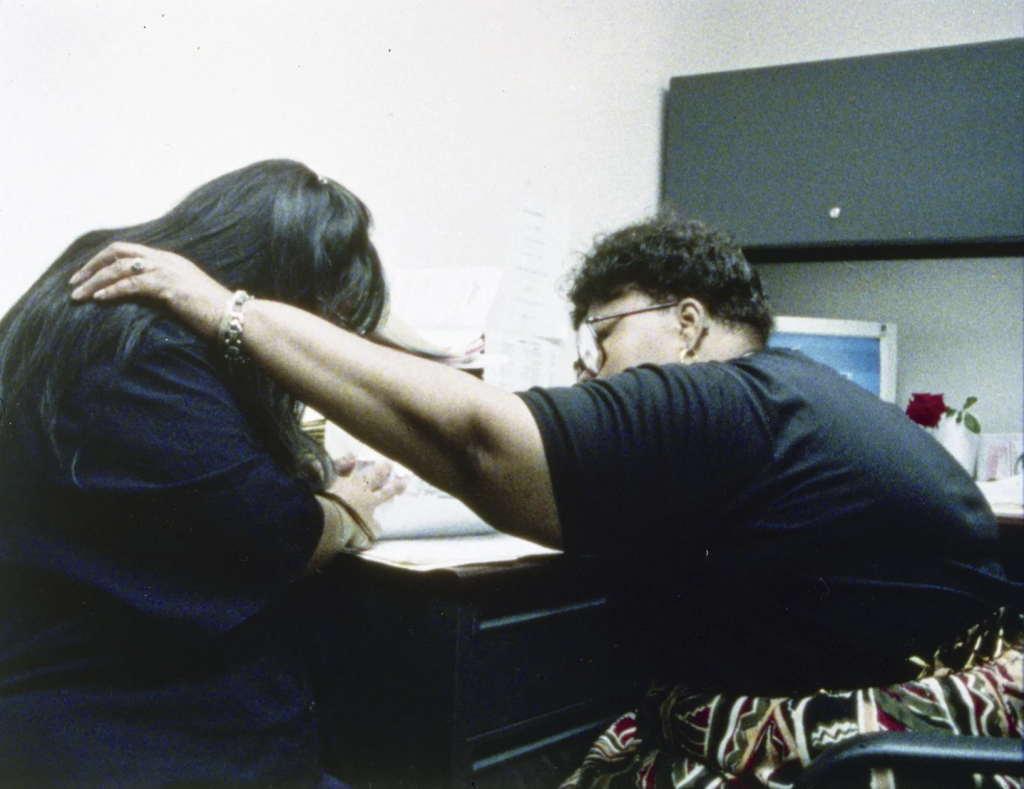
DOMESTIC VIOLENCE
Frederick Wiseman (U.S. 2006) 196 min.
America’s greatest documentarian shows the Tampa, Florida police responding to domestic violence calls and the work of The Spring, the principal shelter in Tampa for women and children. Sequences include police response, intervention, and attempted resolution of domestic violence calls; shelter intake interviews, individual counseling sessions, anger management training, group therapy, staff meetings, conversations among clients and between clients and staff, and school activities, therapy and counseling for children at the shelter. Like any good Wiseman film, Domestic Violence is dense with unforgettable images, passages and vignettes: a meeting of counselors hacking their way through the thicket of hopelessly tangled emotions between a recently admitted family; a group of very proper old ladies led on a tour through the facility, gasping at every horrifying statistic and detail; and perhaps most unforgettable of all, an old woman, recently arrived at the shelter, who has retreated into a protective world of her own… one of Frederick Wiseman’s greatest films (Kent Jones, Film Comment).
Monday, September 20 at 7:10pm
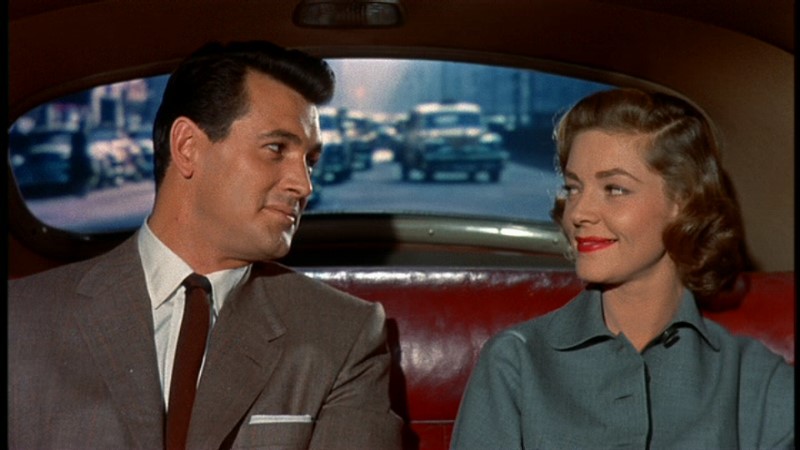
WRITTEN ON THE WIND
Directed by Douglas Sirk (U.S. 1956) 99 min. 35mm. With Robert Stack, Dorothy Malone, Rock Hudson, Lauren Bacall.
Sirk’s always elegant depiction of human despair and loneliness embraces the Hadleys, a family wracked by spiritual degradation. Stack, the oil-rich clan’s alcoholic son, and his best friend (the humbler, sensible Hudson) are both are in love with the radiant Bacall – to the chagrin of Malone, the other miserable Hadley in Sirk’s sublime melodrama.
Monday, September 27 at 7:10pm
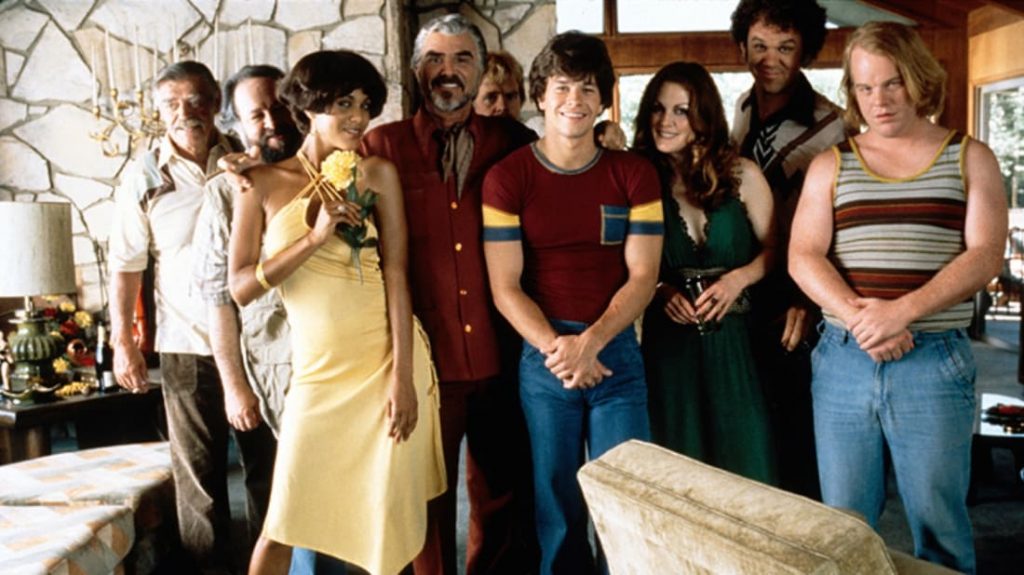
BOOGIE NIGHTS
Directed by Paul Thomas Anderson (U.S. 1997) 145 min. 35mm. With Mark Wahlberg, Julianne Moore, Burt Reynolds, Don Cheadle.
The movie that irrefutably marked Paul Thomas Anderson as a major talent, a filmmaker of élan, humor and heart, Boogie Nights follows horse-cocked picaro hero Dirk Diggler (Wahlberg) into the burgeoning 1970s adult film industry, following Dirk and the business from celluloid to videotape, and from youthful optimism to adult disillusion. At the center of the chaos, tracked by a restless moving camera, is patriarchal porn maven Jack Horner, played by Burt Reynolds in Grand Old Man form. (Metrograph program notes)
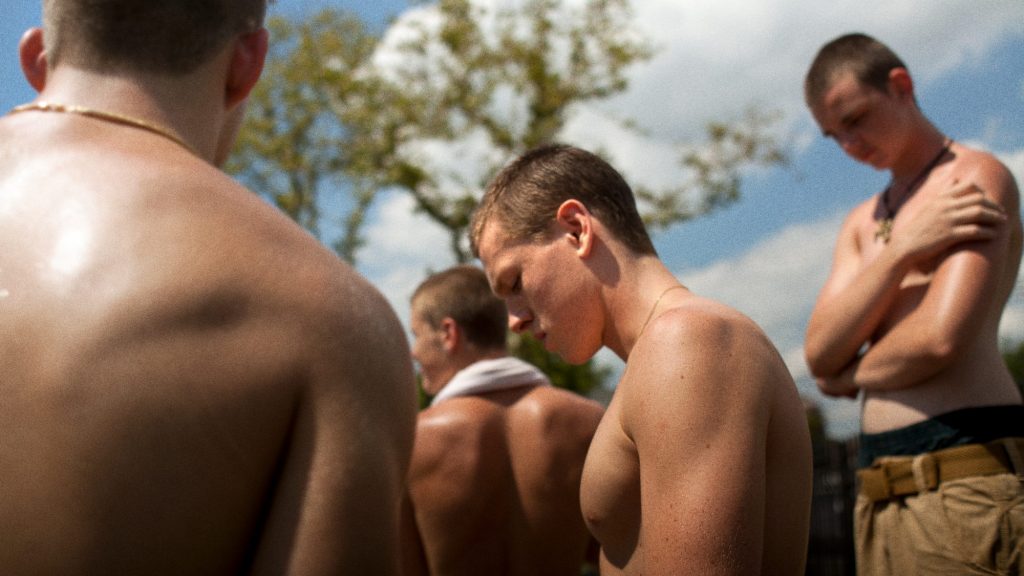
BEACH RATS
Directed by Eliza Hittman (U.S. 2017) 98min. DCP. With Harris Dickinson, Madeline Weinstein, Kate Hodge, Neal Huff.
On the outskirts of Brooklyn, Frankie, an aimless teenager, suffocates under the oppressive glare cast by his family and a toxic group of delinquent friends. Struggling with his own identity, Frankie begins to scour hookup sites for older men. His chatting and webcamming intensify, as Frankie struggles to reconcile his competing desires, and his decisions leave him hurtling toward irreparable consequences. Eliza Hittman’s award-winning Sundance hit is a powerful character study that is as visually stunning as it is evocative.
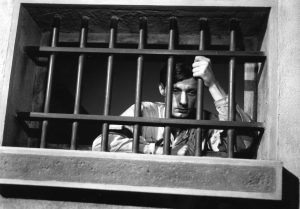
A MAN ESCAPED
Directed by Robert Bresson (France 1956) 101 min. 35MM. With François Leterrier, Charles Le Clainche, Maurice Beerblock. French with English subtitles.
With the simplest of concepts and sparest of techniques, Robert Bresson made one of the most suspenseful jailbreak films of all time in A Man Escaped. Based on the account of an imprisoned French Resistance leader, this unbelievably taut and methodical marvel follows the fictional Fontaine’s single-minded pursuit of freedom, detailing the planning and execution of his escape with gripping precision. But Bresson’s film is not merely about process — it’s also a work of intense spirituality and humanity.
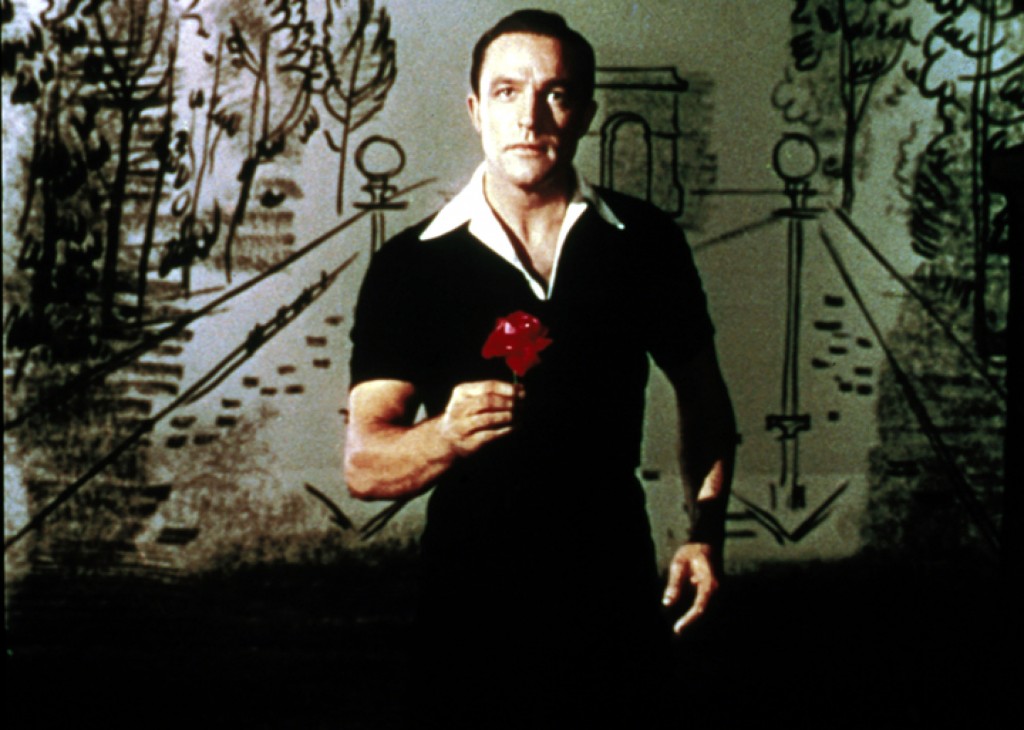
AN AMERICAN IN PARIS
Vincente Minnelli (U.S. 1951) 113 min. 35MM. With Gene Kelly, Leslie Caron, Oscar Levant.
Gene Kelly is the titular American abroad, a WWII vet and struggling painter who sings and soft-shoes his way through Minnelli’s masterpiece about love and longing in the city of lights, all in brilliant Technicolor! The Gershwin score (I Got Rhythm) and the Kelly-Caron dance chemistry culminates in a spectacular fantasy ballet finale that remains a classic of the golden age of movie musicals.
An American in Paris excels “in its exuberant celebration of technology and aesthetics. Minnelli and company pulled out all the stops, with split screens, process shots, and a roborant color scheme. The gaudy, indulgent 17-minute ballet that concludes the film still has the power to inebriate all these CGI-riddled years later. As Gershwin transitions from car horns to a wailing trumpet to gliding strings, Kelly and Caron play cat and mouse among sets inspired by painters inspired by Paris, including Dufy, Renoir, Utrillo, Rousseau, Van Gogh, and Toulouse-Lautrec. Perhaps An American in Paris was the upset Best Picture Oscar winner because of the ballet. With its merging of high and middlebrow art, it was cinematically progressive in ways that front-runners A Place in the Sun and A Streetcar Named Desire weren’t. Academy voters may have seen in An American in Paris the future of movies.” – Matthew Kennedy, Bright Lights Film Journal
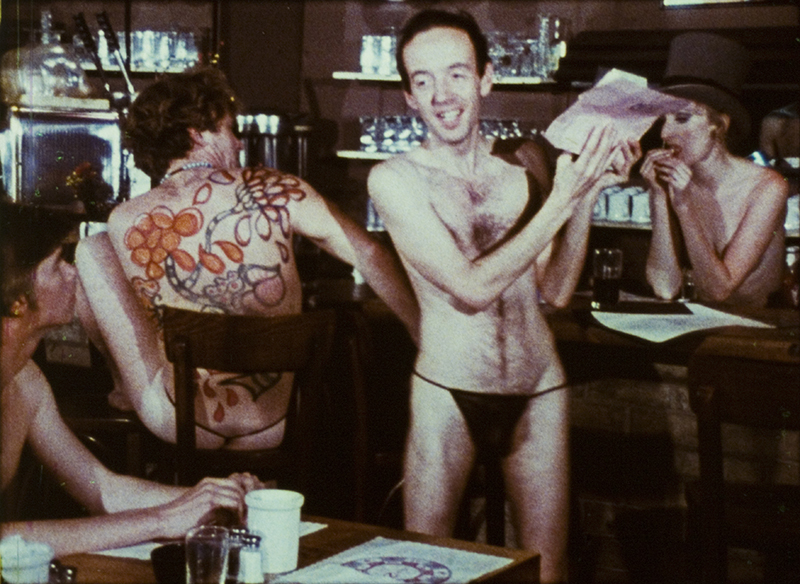
THE NUDE RESTAURANT & COUCH
Directed by Andy Warhol (U.S. 1967, 95 min. & 1964, 52 min.)
In The Nude Restaurant, G-string clad Factory superstars hang around a restaurant discussing everything from virginity to the Vietnam War in Warhol’s deadpan sexploitation satire. Featuring a singular performance from Viva (in her film debut), witty repartee from Taylor Mead, and a deliberately crude aesthetic—the artist’s signature in-camera strobe cuts abound—the film had its commercial run at an off-Times Square theater better known for blue movies. Seeing it there, renowned theater critic Stefan Brecht (Bertolt’s son) reviewed Warhol’s film in the pages of Evergreen, calling it “a dadaist provocation of the audience, frustrating its urge for an audio-visual fix.” (BAMcinématek program notes). In Couch, a giant red couch at Warhol’s 47th Street Factory serves as the set for aseries of improvised sexual adventures featuring Gerard Malanga, Allen Ginsberg, Amy Taubin, Ondine, and others.
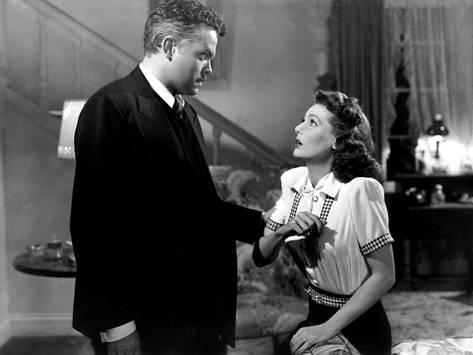
THE STRANGER
Orson Welles (U.S. 1946) 95 min. 35MM. With Edward G. Robinson, Loretta Young, Orson Welles.
Welles’ most successful film at the box office was this thriller about an escaped Nazi war criminal hiding in Connecticut, where he lives with his unsuspecting all-American bride (Young). The director himself took the title role; as the heinous mastermind of the Final Solution, Welles auditions “the doom-laden eloquence of his later villain Harry Lime (from The Third Man) and winds up with a chilling example of the kind of sophistication that can easily fool the American middle-class into naïve complacency” (Harvard Film Archive).
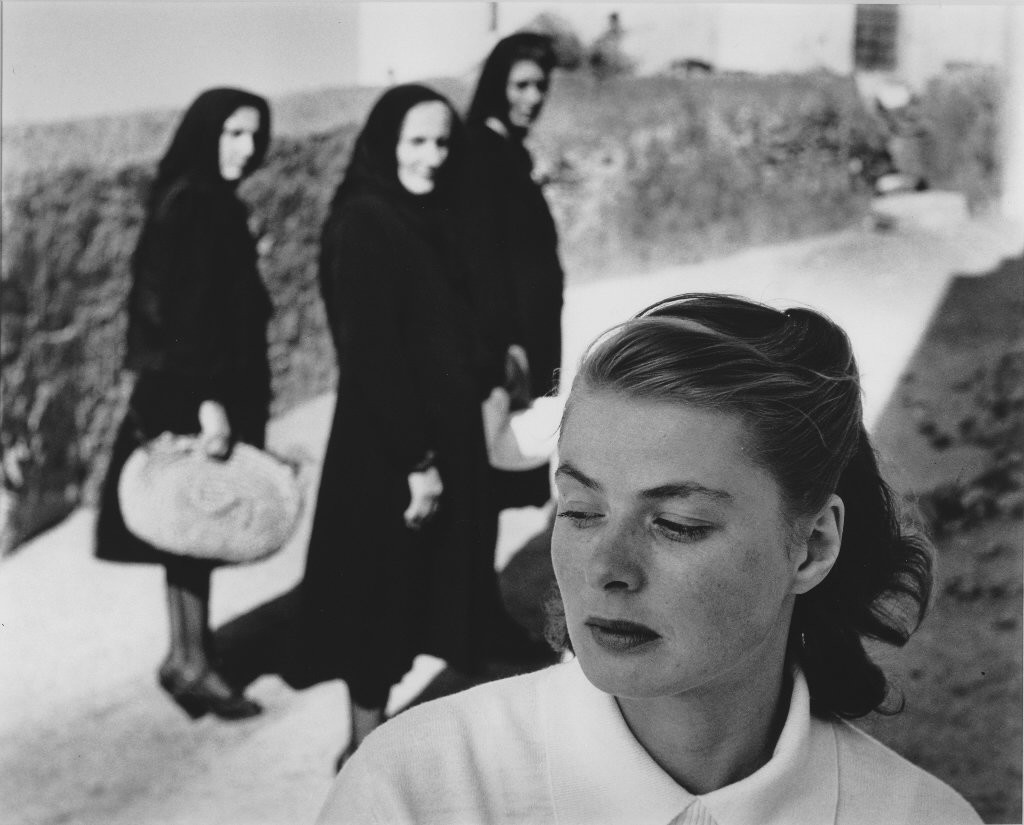
STROMBOLI
Roberto Rossellini (Italy 1950) 106 min. DCP. With Ingrid Bergman, Mario Vitale, Renzo Cesana.
The first collaboration between Roberto Rossellini and Ingrid Bergman is a devastating portrait of a woman’s existential crisis, set against the beautiful and forbidding backdrop of a volcanic island. After World War II, a Lithuanian refugee (Bergman) marries a simple Italian fisherman (Vitale) whom she meets in a prisoner of war camp and accompanies him back to his isolated village on an island off the coast of Sicily. Cut off from the world, she finds herself crumbling emotionally, yet she is destined for a dramatic epiphany. Balancing the director’s trademark neorealism—exemplified here in a remarkable depiction of the fishermen’s lives and work—with deeply felt melodrama, Stromboli is a revelation.
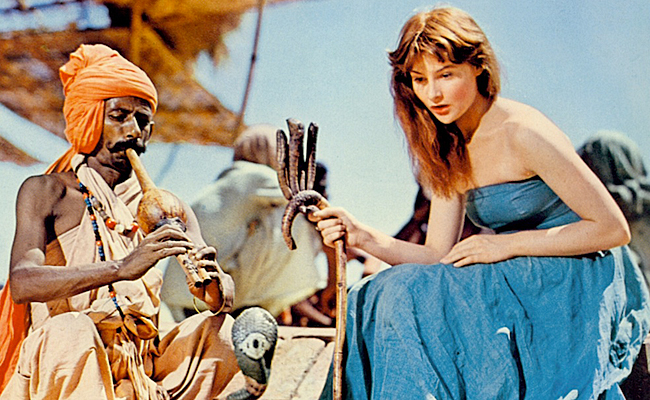
THE RIVER
Jean Renoir (France 1951) 99 min. 35MM. With Patricia Walters, Radha, Adrienne Corri, Nora Swinburne.
The greatest of Renoir’s late-period films and arguably one of the greatest color films ever made, The River takes its story from Rumer Godden’s book about two children growing up in Bengal, India in the waning years of British colonialism. Into this framework Renoir finds the perfect expression for his lyrical humanism among an expat community and three young women who are stirred by the arrival of a wounded American war veteran. For his first foray into color, Renoir left Hollywood, journeyed to India, met Satyajit Ray, and disregarded the advice of the film’s financiers—who told him a movie set in India “must have certain essential elements: tigers, Bengal lancers and elephants.” Instead, Renoir recalled, “India brought me a certain understanding of life. . . . India may have taught me that everyone has his reasons.” Renoir’s nephew Claude, a longtime collaborator, provided The River’s stunning Technicolor cinematography.
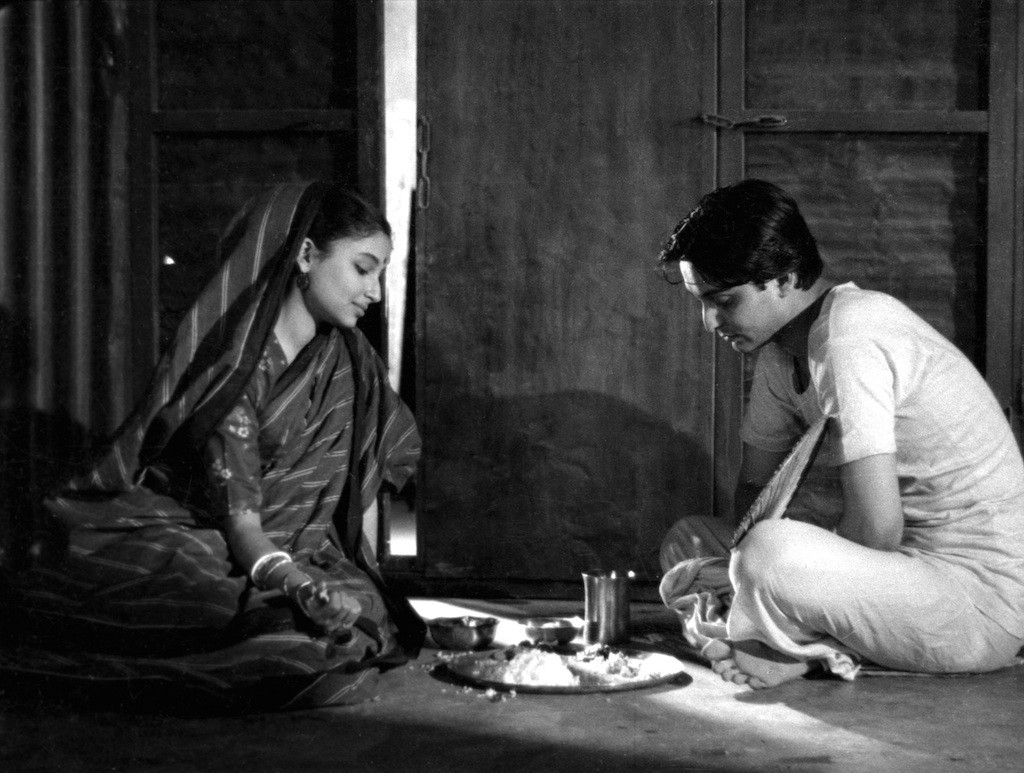
THE WORLD OF APU
Satyajit Ray (India 1959) 105 min. DCP. With Soumitra Chatterjee, Sharmila Tagore Kajal, Alok Chakraborty. Bengali with English subtitles
By the time Apur Sansar was released, Satyajit Ray had directed not only the first two Apu films but also the masterpiece The Music Room, and he was well on his way to becoming a legend. This extraordinary final chapter brings our protagonist’s journey full circle; Apu is now in his early twenties, out of college, and hoping to live as a writer. Alongside his professional ambitions, the film charts his romantic awakening and his eventual, fraught fatherhood. Featuring soon to be Ray regulars Soumitra Chatterjee and Sharmila Tagore in star-making performances, and demonstrating Ray’s ever-more-impressive skills as a craftsman of pure cinematic imagery, Apur Sansar is a breathtaking conclusion to this monumental trilogy. Two decades after its original negatives were burned in a fire, Ray’s breathtaking milestone of world cinema has risen from the ashes in a meticulously reconstructed new 4K restoration thanks to Janus Films and the Criterion Collection in collaboration with the Academy Film Archive at the Academy of Motion Picture Arts and Sciences.
“Universally acknowledged as a summit of world cinema.” – James Quandt, ArtForum